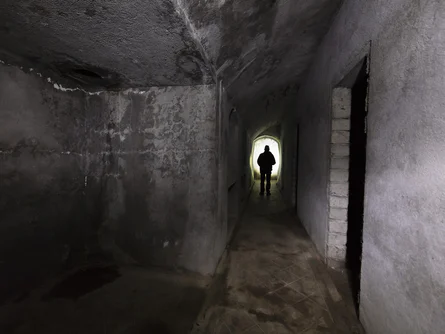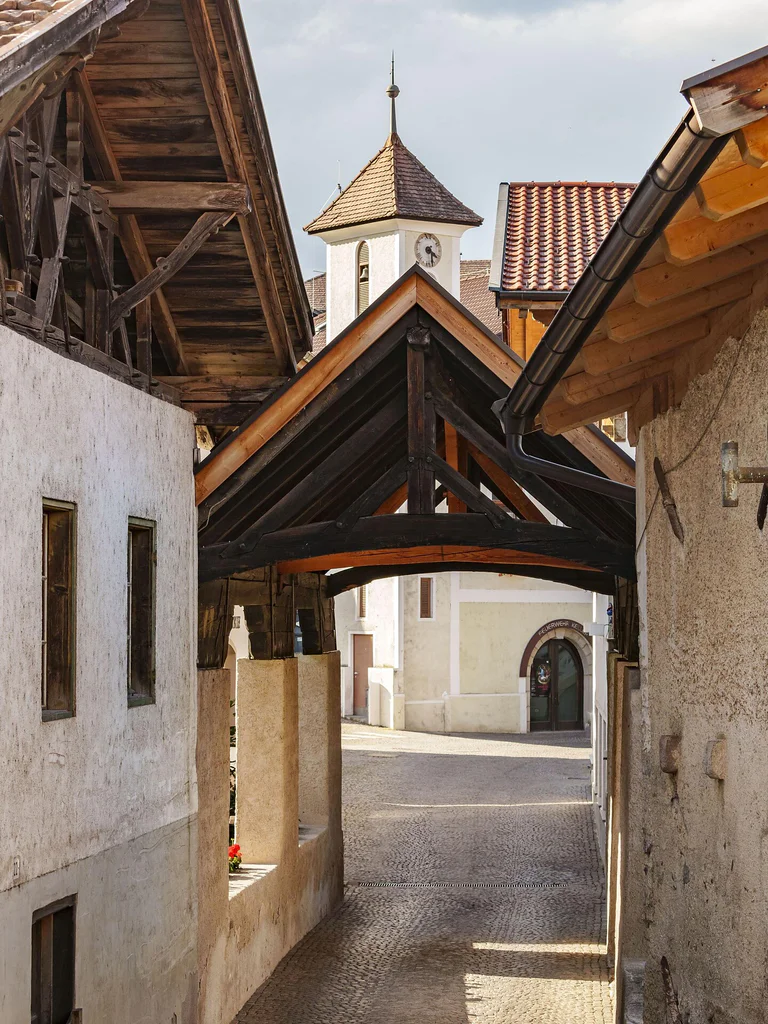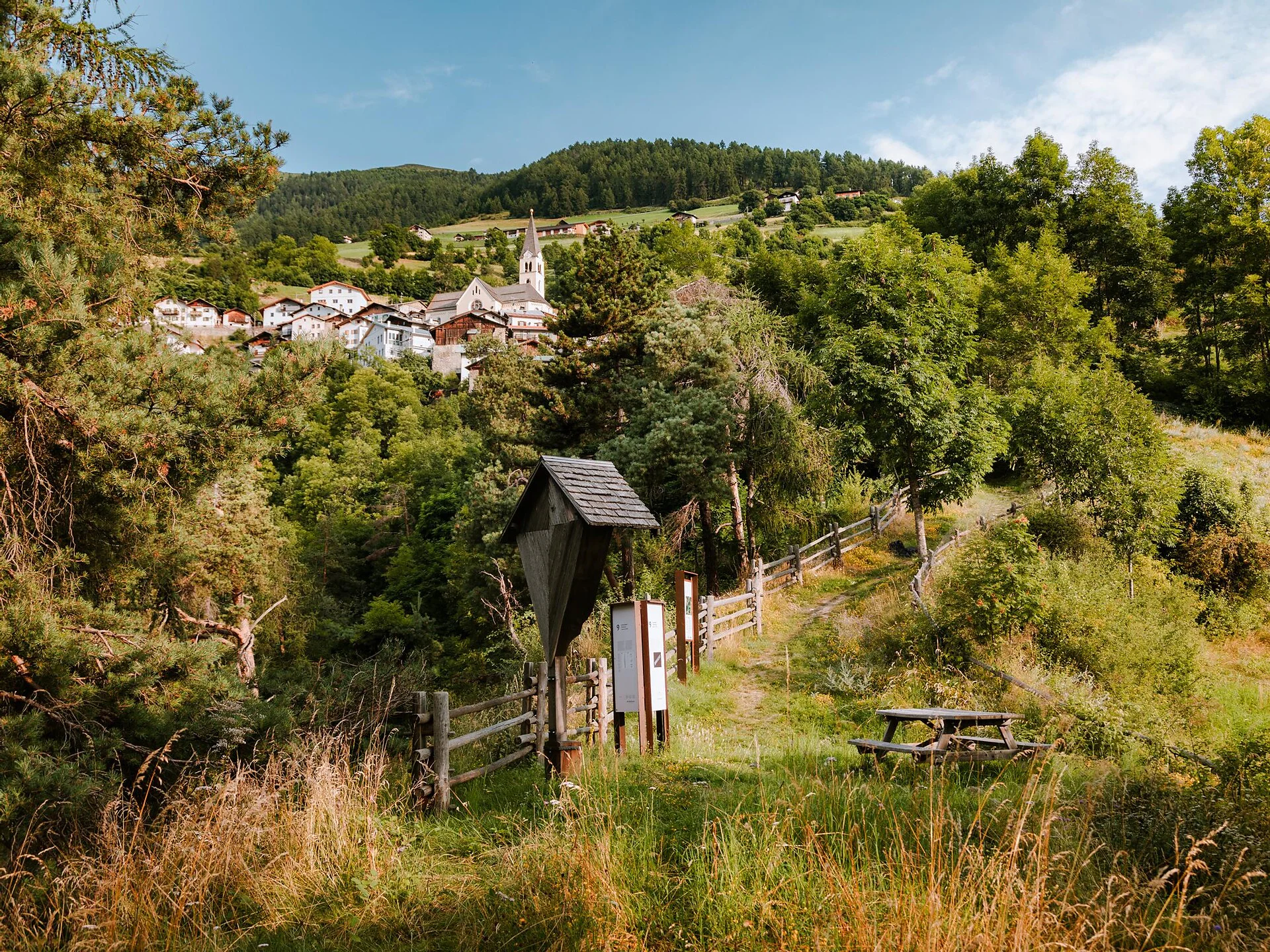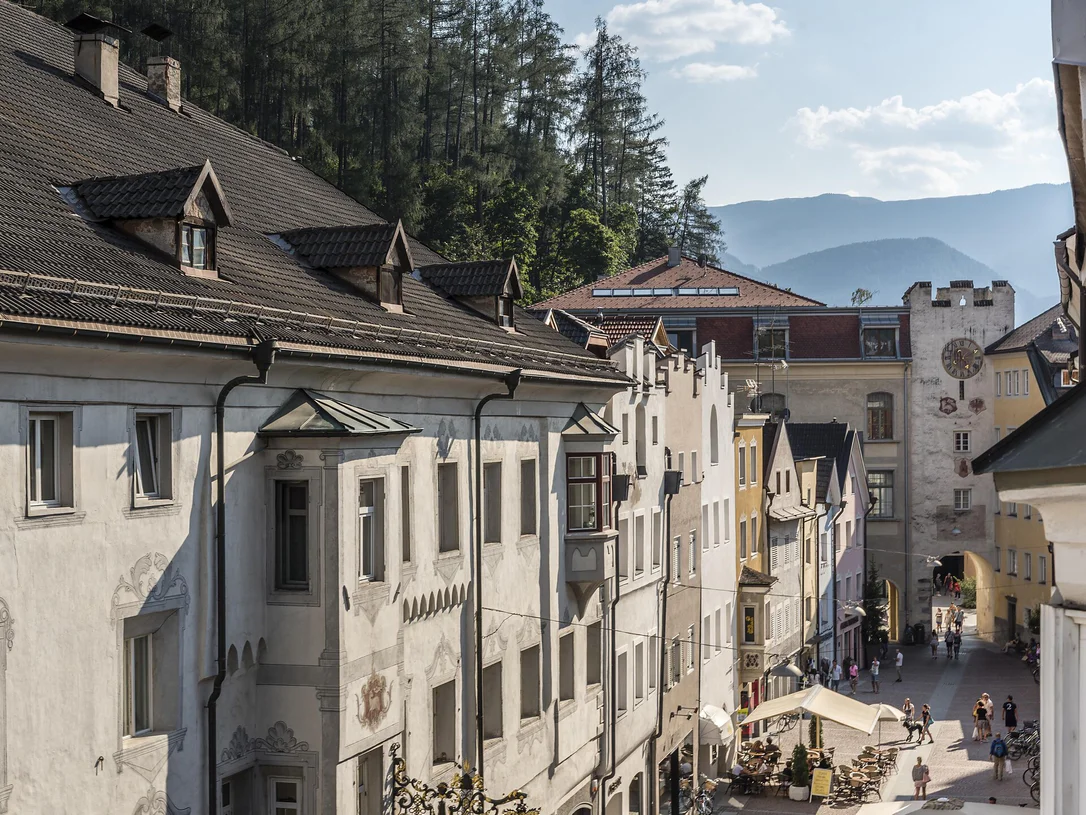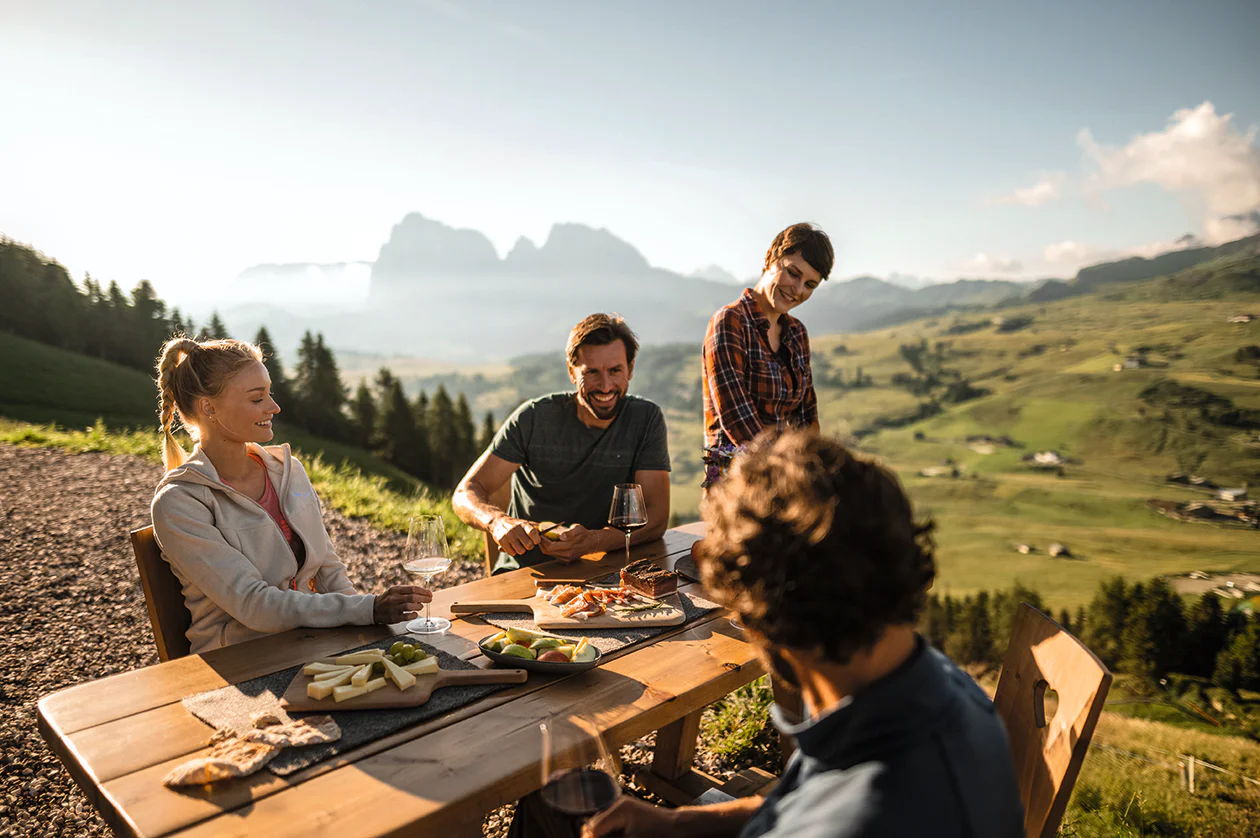As a place of passage over the Alps, the Upper Vinschgau has always been of military interest. Not only the Romans, the Habsburgs and Napoleon passed through here, but also the Second World War left its traces. Most of these traces, however, are not visible to the naked eye, as they are monumental underground bunkers that were planned as defensive installations and places of refuge. The hidden fortresses were part of the Alpine Wall, but were never used for military purposes.
Today, the architectural relics from the interwar period are embedded in the orchards and pastures of the surrounding area.
Bunker guided tours (in German or Italian): every Thursday from June to October. Registration and information on +39 0473 831 190
